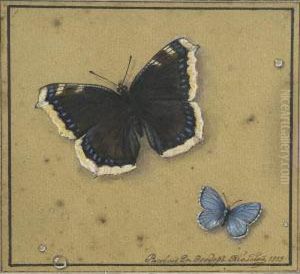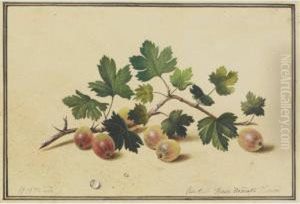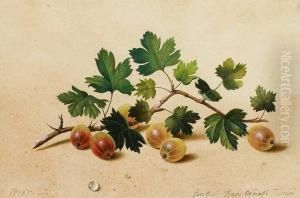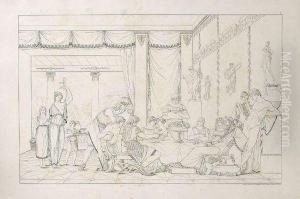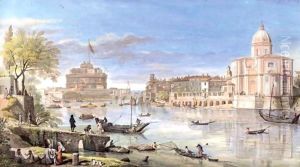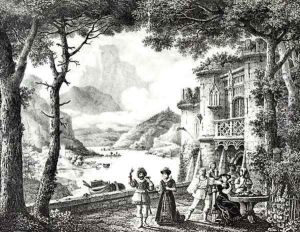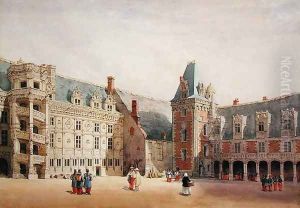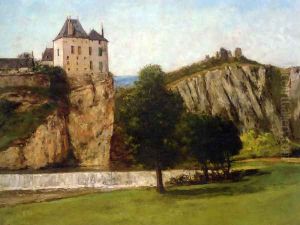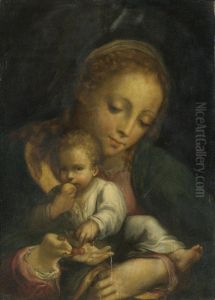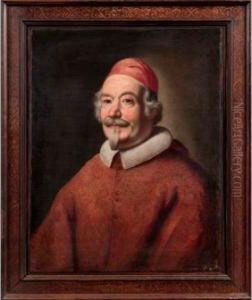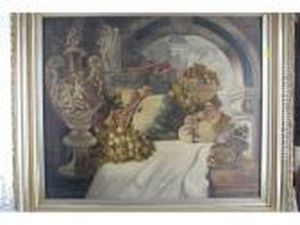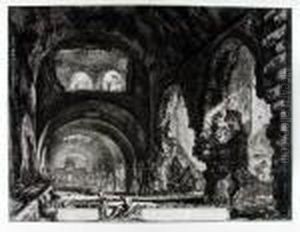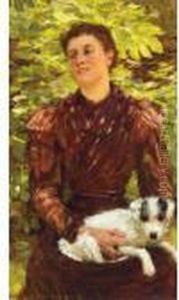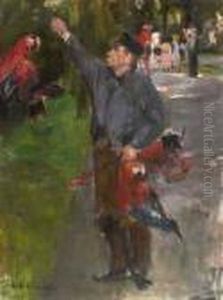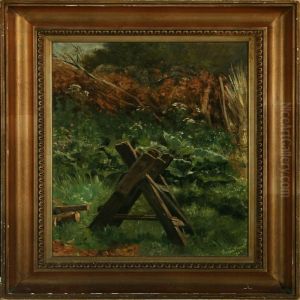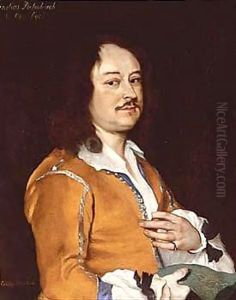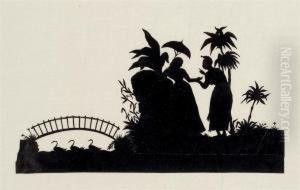





Josephine Et Une Negresse (illustrated); Mort Denapoleon; Le Chateau De Reinstein; Ruines De Palmyre
-
About Reproduction
Discover the allure of art with our faithful reproduction of "Josephine Et Une Negresse (illustrated); Mort Denapoleon; Le Chateau De Reinstein; Ruines De Palmyre", originally brought to life by the talented Feodor Petrovitch Tolstoi. Unlike posters or prints, our hand-painted oil painting breathes an unique sense of depth and texture into your space. Every detail, every stroke, and every texture is meticulously recreated, paying the perfect homage to Feodor Petrovitch Tolstoi and his artistic vision.
Owning this piece is more than just decoration - it's a statement of your refined taste in art. Let the vibrant colors and intricate details of this replica serve as a daily reminder of the beauty in our world. Elevate your decor and appreciate the richness of art with our replica of this masterpiece.
-
Painting Description
"Josephine et Une Négresse (illustrated); Mort de Napoléon; Le Château de Reinstein; Ruines de Palmyre" are a series of works by Feodor Petrovitch Tolstoi, a notable Russian artist known for his diverse contributions to the arts during the 19th century. Feodor Petrovitch Tolstoi (1783–1873), not to be confused with the famous writer Leo Tolstoy, was a multifaceted artist whose oeuvre spanned painting, sculpture, and medal engraving. His works are characterized by their detailed execution and historical themes, reflecting the artist's deep interest in European history, culture, and architecture.
"Josephine et Une Négresse" is an illustration that depicts Joséphine de Beauharnais, the first wife of Napoleon Bonaparte, alongside an African woman, showcasing Tolstoi's skill in portraiture and his attention to the nuances of human expression and intercultural themes. This piece, like many of Tolstoi's works, reflects the complex social and historical dynamics of its time, offering insights into the relationships and power dynamics of early 19th-century Europe.
"Mort de Napoléon" captures the final moments of Napoleon Bonaparte, a figure of immense historical significance. Tolstoi's depiction of Napoleon's deathbed scene is a poignant exploration of the end of an era, imbued with a sense of solemnity and reflection on the impermanence of power and glory.
"Le Château de Reinstein" and "Ruines de Palmyre" showcase Tolstoi's architectural interests. While "Le Château de Reinstein" depicts a European castle, possibly imaginary, in meticulous detail, highlighting the artist's fascination with medieval architecture and its romantic allure, "Ruines de Palmyre" turns to the ancient world, capturing the haunting beauty of the Palmyrene ruins in Syria. This work reflects Tolstoi's engagement with themes of decay, history, and the passage of time, as well as his contribution to the 19th-century fascination with Orientalism and the exploration of ancient civilizations.
Together, these works demonstrate Feodor Petrovitch Tolstoi's versatility as an artist and his profound engagement with historical and cultural themes. Through his detailed illustrations and engravings, Tolstoi contributed to the visual culture of his time, offering perspectives that ranged from intimate portraits to grand historical narratives. His works remain a valuable part of Russian art history, reflecting the rich interplay of cultural, historical, and artistic influences that characterized the 19th century.
-
Lead Time & Shipping
When you order this oil painting replica, it typically takes 2-3 weeks to paint. If the artwork is more complex, it might need a little more time to ensure the best quality. Once it's ready, we'll send you a photo for your approval. After you give the green light, we'll ship it to you for free.
-
Return & Refund
We believe in the quality of our hand-painted oil painting reproductions, and your satisfaction is our priority. If for any reason, you are not completely satisfied with your purchase, we offer a 45-day return policy. You can return your artwork within 45 days of receipt and receive a full refund. Please note that the artwork must be returned in the original packaging and in the same condition as it was received.





